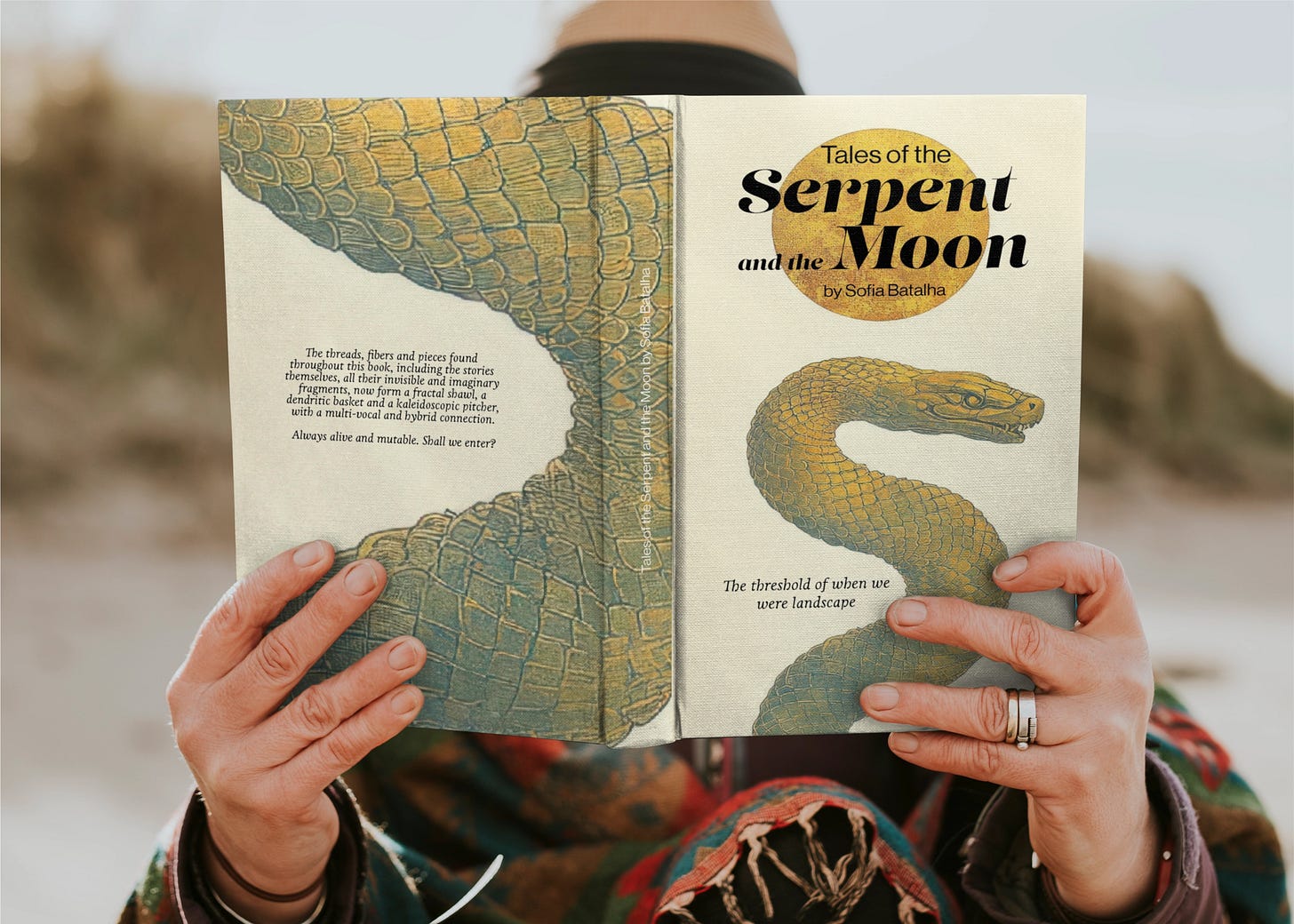Dear reader,
Please note that the content shared here on Substack will differ from what appears in the printed book. While many of the themes, stories, and inquiries may echo across both formats, the book itself has undergone a thorough process of review, editing, refinement, and expansion. In that sense, the printed version holds a more curated, deepened, and embodied iteration of the work.
Think of the Substack as a living ground, where ideas are still fermenting, evolving, and growing their tendrils. The book, meanwhile, is a vessel, harvested with care, ripened in its season, and offered as a more coherent ceremonial bundle.
With tenderness for the ongoingness of becoming,
—Sofia
Throughout most of Europe, the construction of megalithic monuments was attributed to giants, since only a colossal force could have erected them, or so it was believed. In more archaic European traditions, primordial giants are hermaphroditic beings - at least not governed by the confines of today's gender binary - and are not only the first inhabitants of the world, but also the fathers of the gods. The term 'giant' functioned as a generic term that applied to various creatures, relating to large entities, spirits and local gods.
The rich legacy of the Mouras, the faerie-serpents, who live in mysterious springs and quench thirst with medicinal and enchanted water, also brings us to the presence of the Moor Stone, or their magical ability to build megaliths, castles, fortresses and temples near springs and place them on their sacred sites. According to local legends, it was the Building Mouras who carried the gigantic stones on their heads while spinning, building dolmens or castles overnight.
Keep reading with a 7-day free trial
Subscribe to Cosmic-Chthonic Cartographies to keep reading this post and get 7 days of free access to the full post archives.





